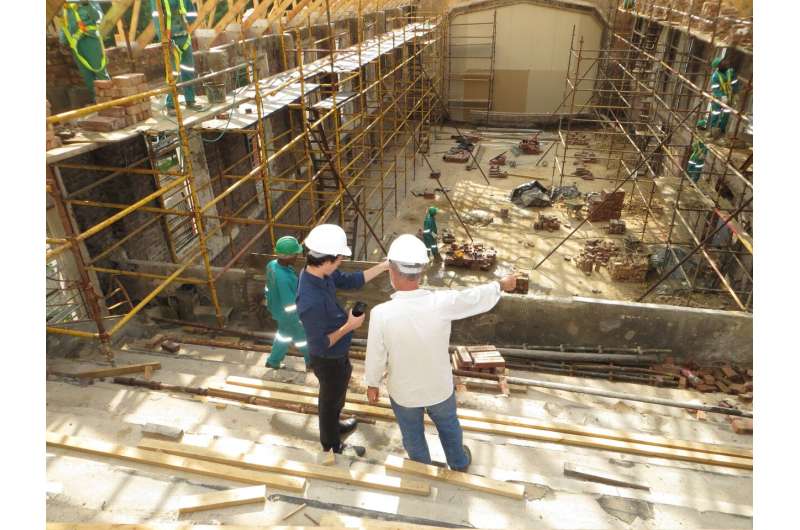Emission allowance system for construction materials most cost-effective way to cut carbon

An emissions allowance system would steer the construction industry toward making the needed emission reductions where it can be done at the lowest possible costs, researchers say.
At the request of the Ministry of the Environment, Aalto University's economics working group examined what market instruments would be suitable for the regulation of emissions in the construction industry. Pursuant to its study the working group is proposing a national emission allowance system for construction materials. In the system a developer would be required to acquire emission allowances from a public auction or a secondary market corresponding to the carbon dioxide emissions of the construction material before the building is taken into use. This would mean that higher carbon dioxide emissions from the material would be directly reflected in the price of the construction.
Professor Matti Liski says that Finnish and international studies have already shown that consumers are very price-conscious when selecting energy solutions for their homes. As housing is the largest expense for households, comprising a 28 percent share of expenditure, the researchers believe that an emission allowance system would be an efficient way to steer construction toward a lower-carbon direction.
According to researchers, regulating construction emissions should specifically target materials, because emissions from the time when buildings are in use—from heating and electricity consumption—are already affected by the regulation of the electricity and heating markets.
"Sector-based additional regulation of the heating and electric sector would bring unnecessary costs," Professor Liski says.
An alternative for implementing emission reductions would be direct determination of choices that would define how and where emission reductions would be implemented. However, a market instrument such as an emission allowance system would be an incentive to reduce emissions where it could be done at the lowest cost. The system would therefore let builders decide on the methods, while creating incentives for the development of better technologies.
Finland has a goal of becoming carbon neutral by 2035. Achieving the goal requires accelerated emission reductions in all sectors. It is estimated that the built environment is responsible for about a third of all greenhouse emissions.
More information: The Toward Carbon-Free Construction report will be presented at a webinar (in Finnish) on 24 March 10.30 – 12.00. You are welcome to join! Link to the webinar aalto.zoom.us/j/67930320427
Provided by Aalto University





















